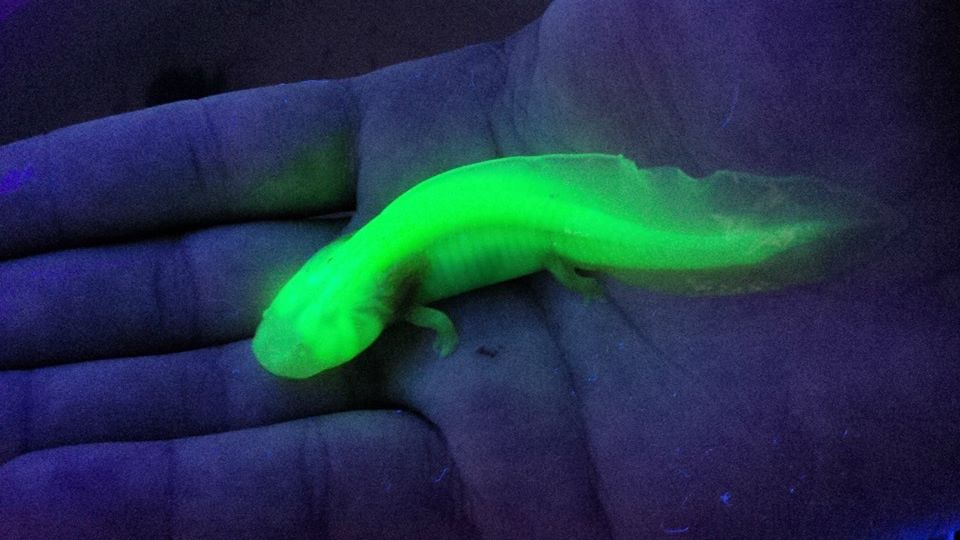
They’re called axolotls because they resemble salamanders, but they’re actually closer relatives to frogs than to salamanders. During the summer, they seek out sunny areas near fast-moving currents of water.Ĭopper axolotls are amphibians found only in Mexico. So they hide beneath rocks or logs in shallow pools.
AXOLOTL COLORS GREEN SKIN
Their skin color changes from yellowish green to orange when they mature.īecause axolotls are cold-blooded animals, they need to stay warm during the winter months. They are also known as Mexican walking fish, and they are one of the oldest living amphibians. This animal has been used for medical research since the 1970s. Their skin color varies from yellowish orange to bright gold. They live in water bodies such as ponds, lakes, and streams. The golden albino axolotlis a species of salamander native to Mexico. They are also known as Mexican fire belly newts. They grow up to 2 inches long and weigh about 1 ounce. Wild axolotl lives in streams and rivers where they feed on small invertebrates such as insects, worms, snails, and other aquatic creatures. These animals are native to the Pacific coast of Mexico from southern Baja California to Chiapas. They are also known as Mexican Giant Salamanders. The wild axolotls are a species of salamander found in Mexico. This animal contains a substance called melanin, which helps protect against UV rays. The axolotl is a Mexican salamander species that has been used for centuries in Mexico to treat skin diseases such as eczema. Their skin color varies from light brown to blackish green depending on the season. They live in ponds, streams, ditches, and other slow-moving water bodies. Its scientific name means “little frog” in Nahuatl, the language spoken by the Aztecs. The Melanoid axolotl is a species of salamander native to Mexico and Central America. So far, there haven’t been any reports of them being released into the wild. These mutants are extremely rare, however, and only exist in captivity. They found that some of these animals had mutations in genes that control growth and development. The mutation was discovered when scientists at the University of California, Berkeley were studying the genetics of axolotls, which are amphibians native to Mexico. It’s a mutant strain called the Chimera Axolotl Morph. This makes it very popular among aquarium enthusiasts because it’s rare and beautiful.īut this isn’t just any ordinary chimera axolotl. The result is a creature that looks like a cross between a fish and a salamander. The chimera axolotl is a hybrid between the common Mexican axolotl ( Ambystoma mexicanum) and the Chinese giant salamander. This is a morph between two different species of axolotls. It was also used in the production of vaccines against tetanus and diphtheria. The green axolotl has been used in scientific studies to help understand the development of human diseases. However, only the green axolotl can be bred in captivity. The red axolotl is found throughout North America, Europe, Asia, Africa, Australia, New Zealand, South America, and the Caribbean.īoth species are popular aquarium pets because of their ability to change color. The green axolotl is native to Mexico and Central America. This is a morph between two species of axolotls. The axolotl is an important model organism for studying regeneration because it shares many similarities with humans. It is one of only two species of salamanders that can regenerate limbs and other body parts after injury. The axolotl is a small, semi-aquatic amphibiannative to the Americas that has been used in research for over 100 years.

They are also known as Mexican fire belly newts or Mexican spotted salamanders. These are not true dalmatians but rather axolotls (a type of salamander). It is native to Mexico but is also found in parts of Central America and South America. This transformation happens naturally, but scientists believe that it could be used for medical purposes.Ī silver dalmatian axolotl morph is an amphibious salamander with a black body and white spots on its back. They become aquatic creatures with gills instead of lungs, and they lose their legs and tails. When they grow up, these animals look like regular salamanders, but when they mature, they change into something else entirely.

The name “ axolotl” comes from the Nahuatl languagemeaning “ water monster.” Axolotls are amphibians that look like salamanders. Their scientific name is Ambystoma mexicanum. The axolotl has been used for centuries in medicine, and they are still used today. They are also known as Mexican salamander s.


 0 kommentar(er)
0 kommentar(er)
